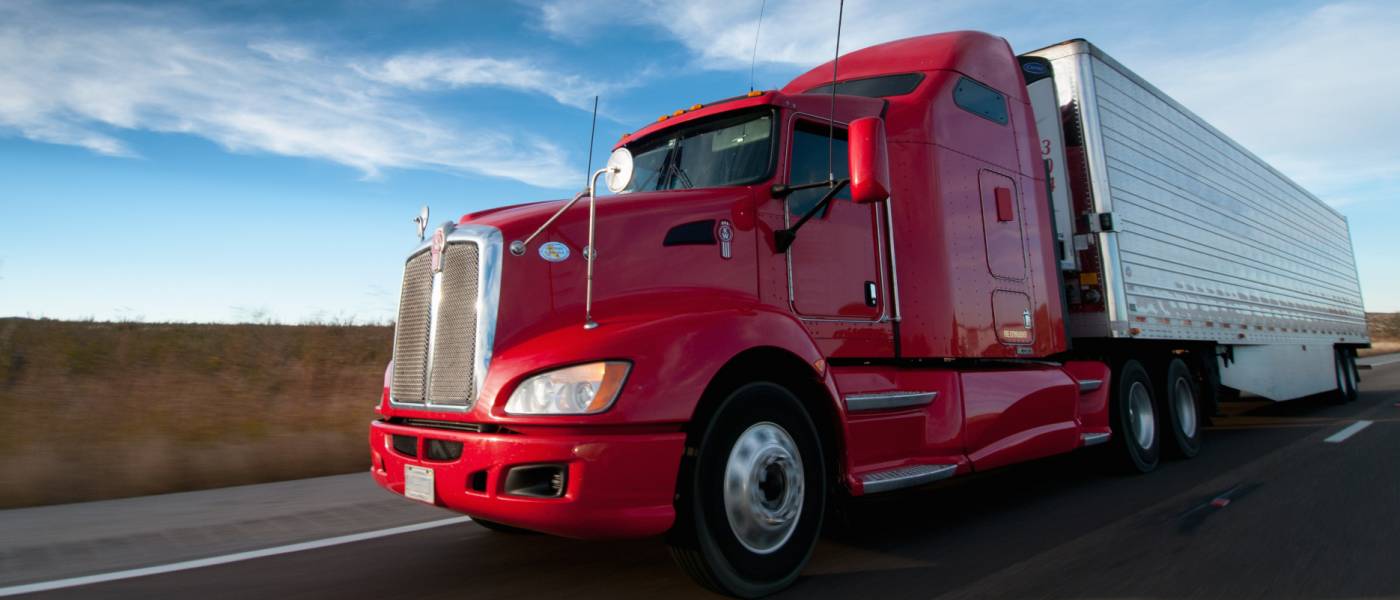Big Rig Logic
Nobody searches for power, economy, and durability like the big rig trucking industry. They’re in it for the long haul.
Sometimes we overlook the most obvious things. A good example of this is the on-going search for improvements in fuel economy, power, and durability on diesel “big rig” trucks. Paying attention to what is, and isn’t, done on big rigs can provide reliable information about what will, or won’t, work on diesel pickups and motorhomes. In the trucking industry, it really boils down to the operating costs for a big rig. Fuel economy is right up there at the top of the list. When each fill up costs hundreds of dollars, fuel economy is a big deal, so you can bet big rig tractor manufacturers search for every last bit of fuel economy to make their tractors more attractive to fleet buyers and private truckers. At the same time, big rig operators know that more power often means less time spent climbing grades with heavy loads, and that means less time between destinations, and more loads hauled per month. And lastly, any downtime for repairs or service means a big rig isn’t earning money, so durability and reliability are critical. And besides, repairs and service cost money too.
The bottom line to all this is that there are very few compromises on big rigs regarding power, fuel economy, and durability, and we can apply those lessons learned by millions of truckers over decades of dealing with diesels when it comes to pickups and motorhomes. For example, virtually every big rig has a large diameter, free-flowing exhaust system with smooth mandrel bends and a low-restriction muffler to cut engine pumping losses and improve efficiency (see “Understanding Today’s Diesel”). The same goes for the intake systems, that are large and free-flowing, and generally, the air intake, and sometimes the air cleaner, is mounted externally to get cool air. Many big rigs even have some sort of ram-air pickup (see “Cool Air Equals Power” and “Airflow Equals Fuel Economy”.
To provide the driver with critical operating information, every big rig has a turbocharger boost gauge and an exhaust gas temperature (EGT) pyrometer as standard equipment (see “Why EGT Is Important”). Most big rigs also incorporate a supplemental braking system to help slow the rig on deceleration or on downhill grades. Such systems are true compression brake “Jake Brake” systems, as compared to aftermarket exhaust brakes that are much more practical for diesel pickups and motorhomes, but the principle of using supplemental braking is the same (see “How an Exhaust Brake Works”). Such auxiliary brakes not only provide safety, they also reduce wear and tear on the regular wheel brakes, and that equates to less expense and downtime.
Equally important is what we don’t see on big rigs. None of them run propane injection. If propane injection truly reduced total fuel costs enough to offset the cost of injecting propane, every big rig would have it. And because nitrous oxide injection is basically a hot rodding trick for short bursts of power, we don’t find nitrous oxide injection on any big rigs either. We also don’t see power chips or programmers that just dump in more fuel, because that would be counter-productive to both fuel economy and durability. Instead, we see very precise fuel metering systems to match fuel flow to airflow, just as the Banks OttoMind optimizes fuel flow.
The parallel between big rigs and Banks power systems isn’t just coincidence — it’s solid engineering applied to diesel-powered vehicles. Banks power products begin with improving airflow to reduce pumping losses and to support the combustion of additional fuel when it is needed. By improving engine efficiency, power that was previously consumed to overcome pumping losses becomes available to do work without adding any stresses to the engine. When the extra power isn’t required to do work, the improved efficiency reduces fuel consumption. And because the engine doesn’t have to work as hard, engine durability goes up. These parallels to today’s pickups and motorhomes will become even closer as governmental agencies impose tighter emissions requirements on big rigs, and ultra-low sulfur diesel fuel becomes the norm by 2006. To meet emissions requirements, modern diesel technology will become commonplace on big rigs.
So why don’t the pickup and motorhome chassis manufacturers go to the same effort to produce diesel vehicles that are as efficient as big rigs? It all comes down to manufacturing compromises and cost. Pickup and motorhome buyers aren’t as demanding regarding efficiency. More emphasis is placed on styling and options at the time of sale. For 70 to 80% of pickup and motorhome buyers, their vehicles are acceptable as produced, so the manufacturers have little incentive to spend extra money improving efficiency. It is the remaining 20 to 30% of pickup and motorhome owners that are more discerning and demanding. They know the value of power, fuel economy, and durability. They want accurate boost and EGT information from the engine compartment. They appreciate the value of supplemental braking, and durability-enhancing equipment such as the Banks TransCommand, SmartLock, and Billet Torque Converter. Since you are reading this information on the Banks web site, you are probably such an aware and concerned owner. To determine whether such upgrades are worthwhile, simply look at what the diesel big rig owners demand.
Just remember though, when getting recommendations from big rig drivers, eating at truck stop restaurants and buying cowboy boots is purely optional!

